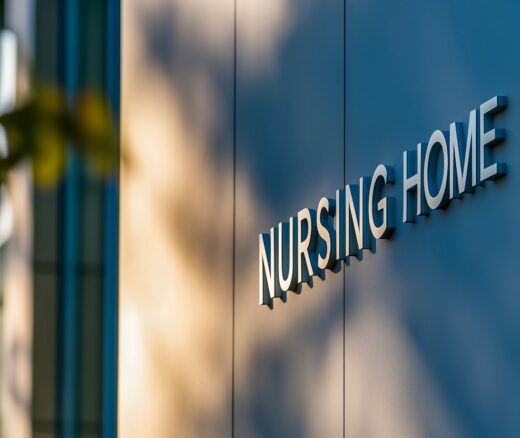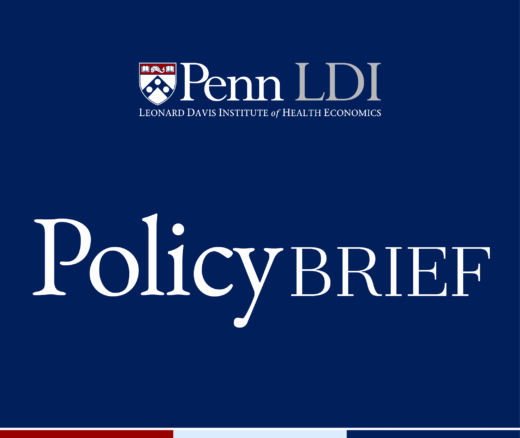
Nursing Home Incentive Program Falls Flat, New Work Explains Potential Reasons
A Major Federal Value-Based Purchasing Program Was Designed to Cut Hospital Readmissions. LDI Fellows Say the Incentives Are Too Small to Drive Real Change
Blog Post

On February 7, 2025, the Trump administration abruptly announced a cap on indirect rates for National Institutes of Health (NIH) awards, limiting them to 15%—a move currently on hold following a district court injunction temporarily blocking the policy. While NIH funding has long enjoyed bipartisan support, it is once again under threat. Today’s Chart of the Day places this controversy in a broader context by showing how NIH funding has already eroded over the past two decades.
In a recent JAMA Viewpoint, Penn LDI Senior Fellow Nadir Yehya notes that between 1998 and 2003, the NIH budget doubled in nominal terms—the actual dollar amounts spent or allocated each year, not adjusted for inflation. This period was marked by robust bipartisan investment in biomedical research. But that rapid growth proved short-lived. Since peaking in 2003, the NIH budget has stagnated or declined in real dollars, meaning figures adjusted for inflation using the Consumer Price Index (CPI), even as the U.S. population grew by nearly 50 million and research costs rose sharply.
By 2024, the NIH budget in real terms stood about 7.4% lower than its 2003 peak, underscoring a sustained failure to keep pace with inflation and the rising cost of scientific research. As policymakers weigh potential cuts, this inflation-adjusted trajectory is a critical data point for setting funding priorities that reflect the long-term needs of the biomedical research enterprise.
The study, “NIH Funding Has Stagnated Since 2003,” was published on April 16, 2025, in JAMA. Authors include Nadir Yehya.


A Major Federal Value-Based Purchasing Program Was Designed to Cut Hospital Readmissions. LDI Fellows Say the Incentives Are Too Small to Drive Real Change

Penn LDI’s Antonia Villarruel and 10 Other Authors Map Social Determinants Across Multiple Racial and Ethnic Groups

Memo: Response to Request for Analysis

Lessons from the Past, Imperatives for the Future

An LDI Expert Offers Five Cost Control Measures As Congress Continues Its Affordability Debate

A New Study of a Sample of Facilities Found Half Without Any Behavioral Health Staff